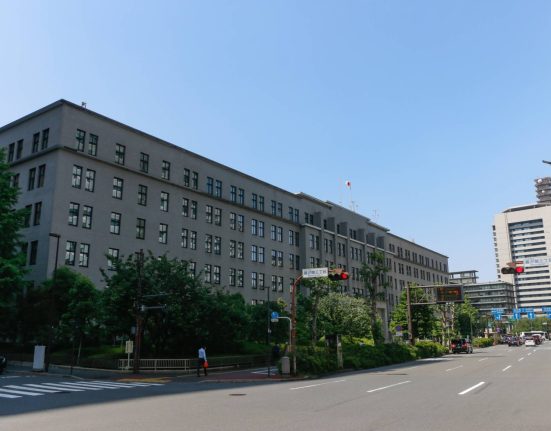The finance ministry expects the economy to recover gradually over the medium term, with real GDP growth expected to reach 6.5% by FY2027-28, driven by stabilising policies and sectoral improvements.
But the government’s efforts to control inflation, enhance productivity, and maintain external sector resilience will be critical for ensuring macroeconomic stability.
In its Medium Term Macroeconomic Policy Statement (MTMPS), the finance ministry said containing inflation has become the government’s top priority. The prevailing tight monetary and fiscal policy stance has engendered a constrained business environment, characterised by elevated market interest rates stemming from higher policy rates.
If inflation does not decline in the coming months, private investment may slow, and foreign direct investment (FDI) inflows could remain subdued. Collectively, these factors may pose a risk to the economy by increasing unemployment and exerting downward pressure on GDP growth, it added.
The ministry further said the Trump administration’s imposition of a 37% tariff this year on Bangladeshi exports, temporarily suspended for 90 days, is raising concerns among exporters.
Moreover, the International Monetary Fund (IMF), in its World Economic Outlook for April, projected a global growth slowdown to 2.8% in 2025, which may further dampen external demand for Bangladeshi goods.
In light of these developments, achieving the projected 10% export growth in FY2025-26 is likely to be challenging, the finance ministry said.
Bangladesh continues to face the longstanding challenge of a persistently low tax-to-GDP ratio. This constrains the government’s ability to mobilise adequate domestic resources, which ultimately limits fiscal space for critical development and social sector investments, undermining long-term growth prospects.
The MTMPS noted that the financial sector in Bangladesh is facing acute challenges, marked by rising non-performing loans (NPLs), distressed banks, and ongoing liquidity pressures.
While some banks have improved their positions, several remain at risk of bankruptcy. Without comprehensive reforms addressing governance, risk management, legal recovery, and potential mergers or acquisitions of weak banks, these vulnerabilities could significantly undermine financial stability and hinder overall economic growth.
Bangladesh may face key challenges after its LDC graduation in 2026, including loss of preferential trade benefits, maintaining export competitiveness, and achieving greater economic diversification, it further said.
Additionally, adapting to reduced access to concessional financing and climate resilience funding will be critical, as Bangladesh remains highly vulnerable to climate change impacts.
The Finance Division said the Climate Risk Index 2025 estimates that these disasters result in annual economic losses of approximately $3 billion, about 1% of GDP, impacting over 6.3 million people each year.
Given the recurring nature of such events, comprehensive assessments and effective strategies are essential to mitigate potential economic damages and enhance climate resilience, the Finance Division noted.








